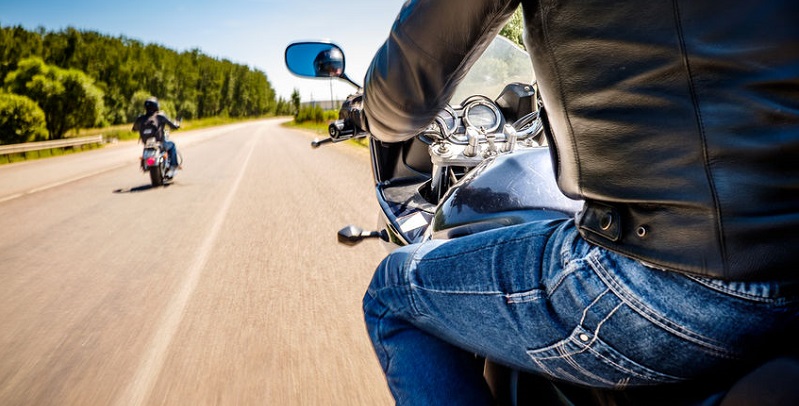One study of the effectiveness of interlock devices noted that anti-DWI devices in vehicles were between 35 and 75 percent effective, so the question now is should that technology be used by those driving motorcycles?
According to the National Highway Traffic Safety Administration (NHTSA), the percentage of drivers with a blood alcohol concentration (BAC) of 0.08 or greater was highest for fatalities involving motorcycle riders. As a result, some manufacturers and safety officials have discussed implementing some type of breathalyzer on motorcycles, the same you find in vehicles, to cut down on motorcyclists drinking and driving.
Interlocks and Motorcycles
Installed alcohol ignition interlocks can prevent a vehicle from starting if it detects a certain level of alcohol in the driver’s breath. The interlock can be set at a pre-determined BAC level, such as .02. Once a driver gets into the vehicle, he or she must breathe into the interlock; if the BAC is higher than .02, the vehicle won’t start.
The first interlock was developed back in the late 1960s. It wasn’t until just a few years ago, however, that all states either mandated or encouraged the use of the interlock to cut down on repeat DWI offenders. A 2010 survey of the effectiveness of interlock devices noted that anti-DWI devices in vehicles were between 35 and 75 percent effective, so the question now is should that technology be used by those driving motorcycles? While authorities agree that preventing motorcyclists from drinking and driving is just as important as stopping the same habit in vehicle drivers, there are some challenges to using these devices in bikes as compared to vehicles.
The National Highway Transportation Safety Administration (NHTSA) interviewed some interlock manufacturers to gather information on the challenges of installing such devices in motorcycles. The findings highlighted several issues, including:
- Exposure to weather that could damage the device
- The interlock needs energy to operate, and motorcycle batteries have very little of it, so an interlock device could possibly drain a battery quickly
- Motorcycles must have a key start, not a kick-start
But the most challenging aspect had to do with the whole purpose of the lock, and this is to stop a vehicle, or in this case, a motorcycle, the moment the interlock detects alcohol at a certain BAC level. To start the vehicle, drivers must continue testing until their BAC level drops below the set value. Sitting or resting in a car is more secure than balancing on a motorcycle, especially in the case of inclement weather and late night safety. Another major issue involves the motorcyclist’s ability to hear the interlock beeping. At any time, the interlock may alert the driver to take a breathalyzer. If the motorcyclists can’t hear the device beeping and fail to take the test, the motorcycle will shut off without warning, and that can be dangerous.
Interlock Manufacturers Continue to Push Forward
While interlock manufacturers continue to research solutions for motorcycle drivers, officials note other things can be used instead of a breathalyzer. That is something Colorado officials hope will resonate with those in the state since hundreds of lives are lost each year in Colorado due to motorcycle accidents involving alcohol
The safest thing, of course, is to either have a designated driver or use a car service if you plan on going out and drinking. If you do drive, safety can be as simple as pulling out your smartphone. There are now many apps available that don’t require added equipment, but rather, rely on personal profiles to determine how much alcohol you can safely consume and still drive. By honestly noting how much you weigh, how much you have had to drink, and other information, these apps can determine your BAC and can even determine the amount of time you need to completely sober up before driving.
Motorcyclists deserve the same access to DWI and DUI prevention. While manufacturers work out the kinks in motorcycle interlocks, protecting yourself by remaining aware of your surroundings and drinking responsibly is critical.

